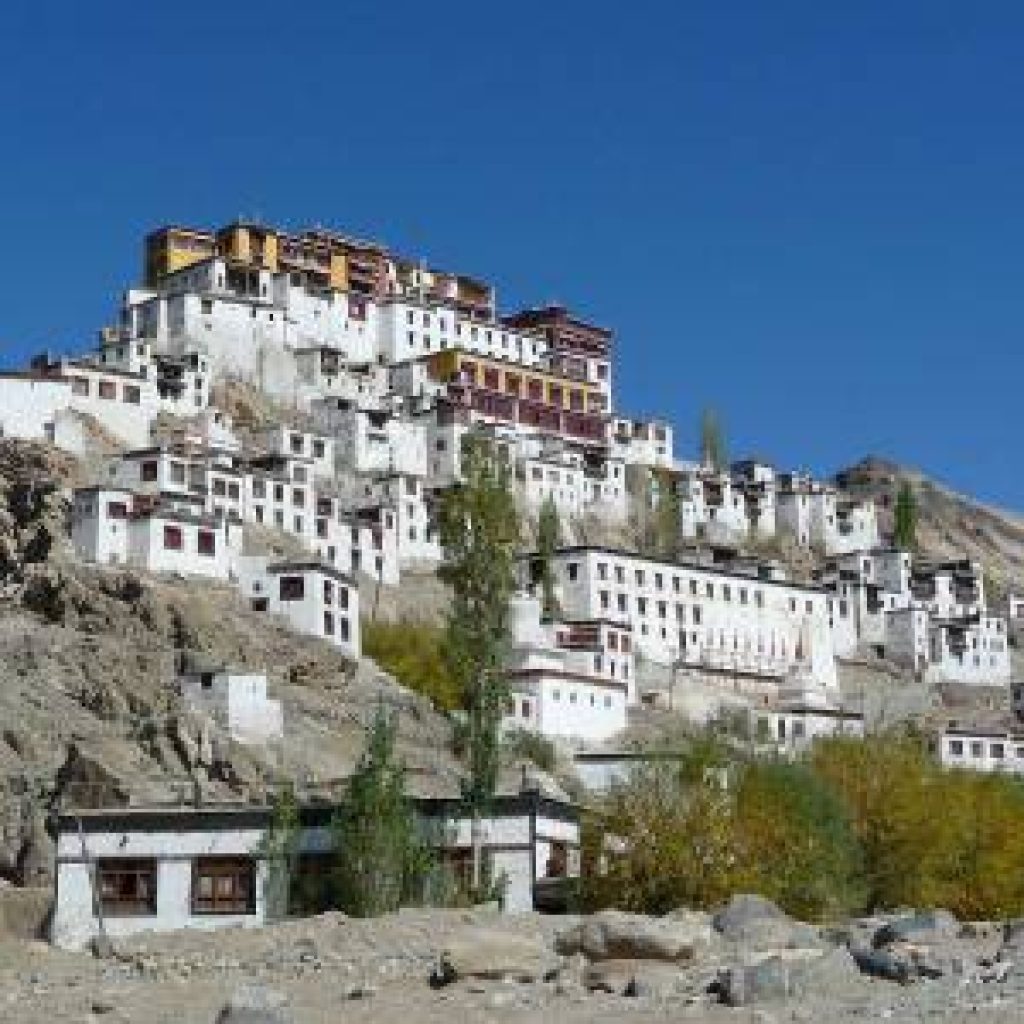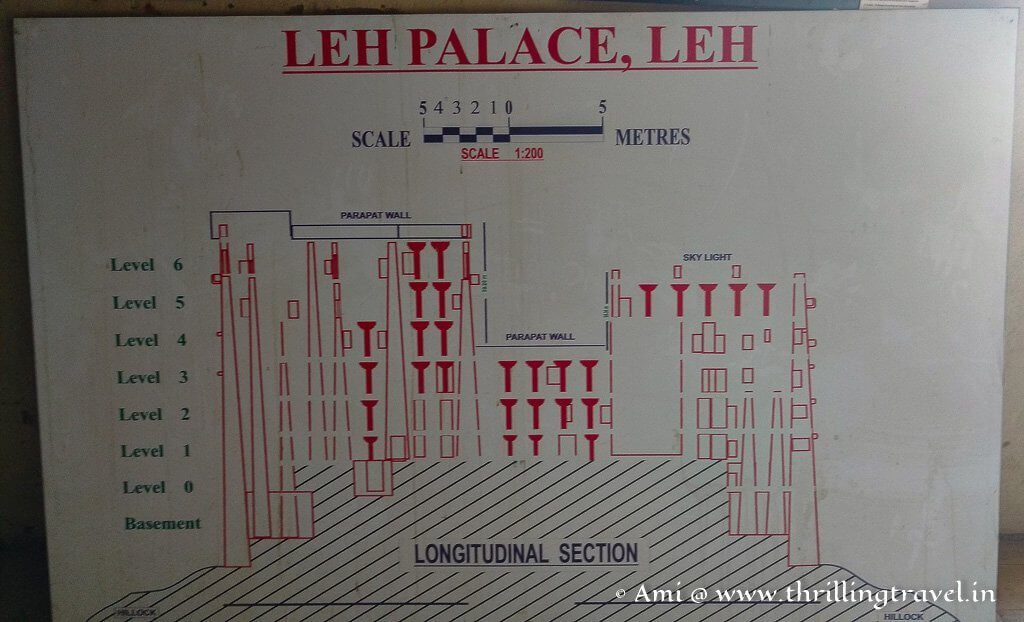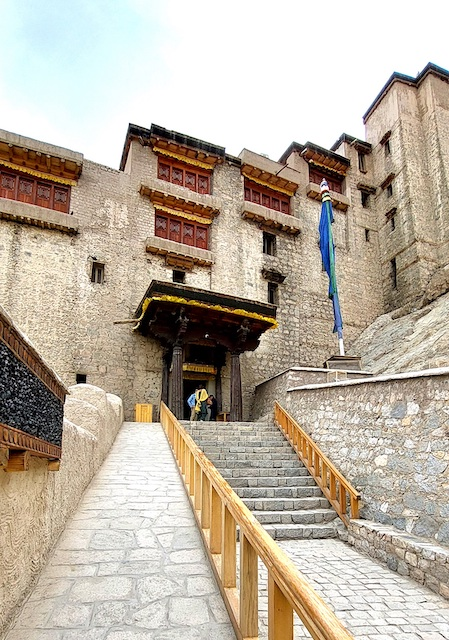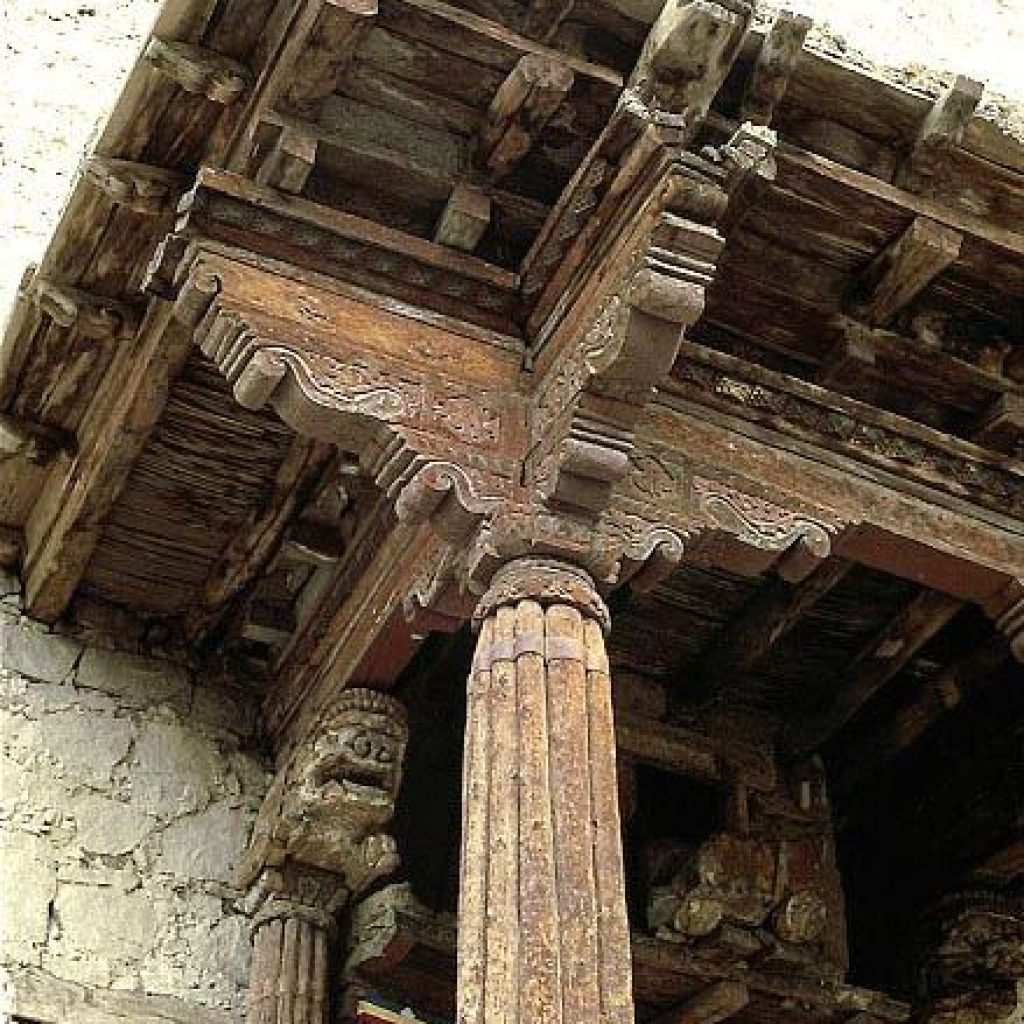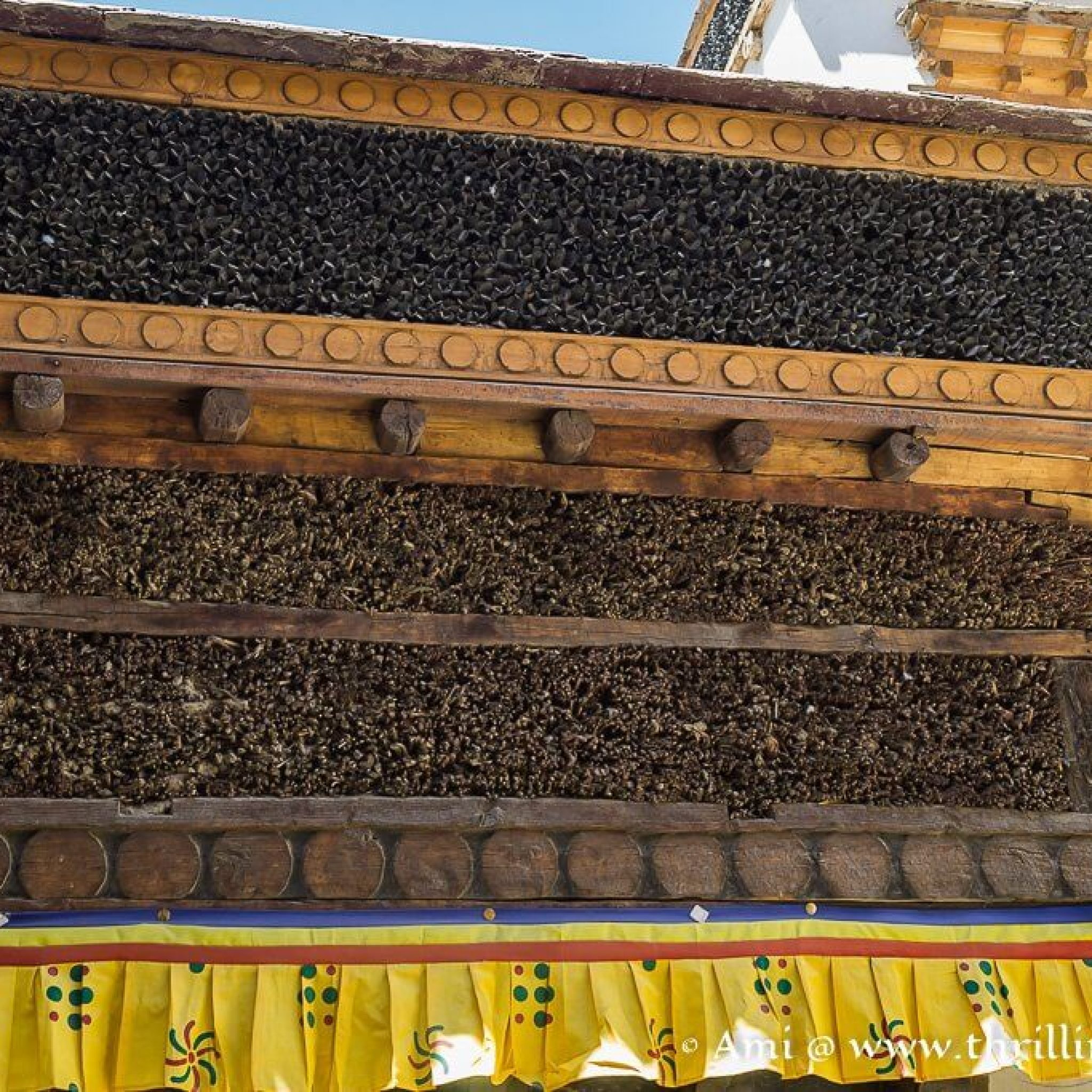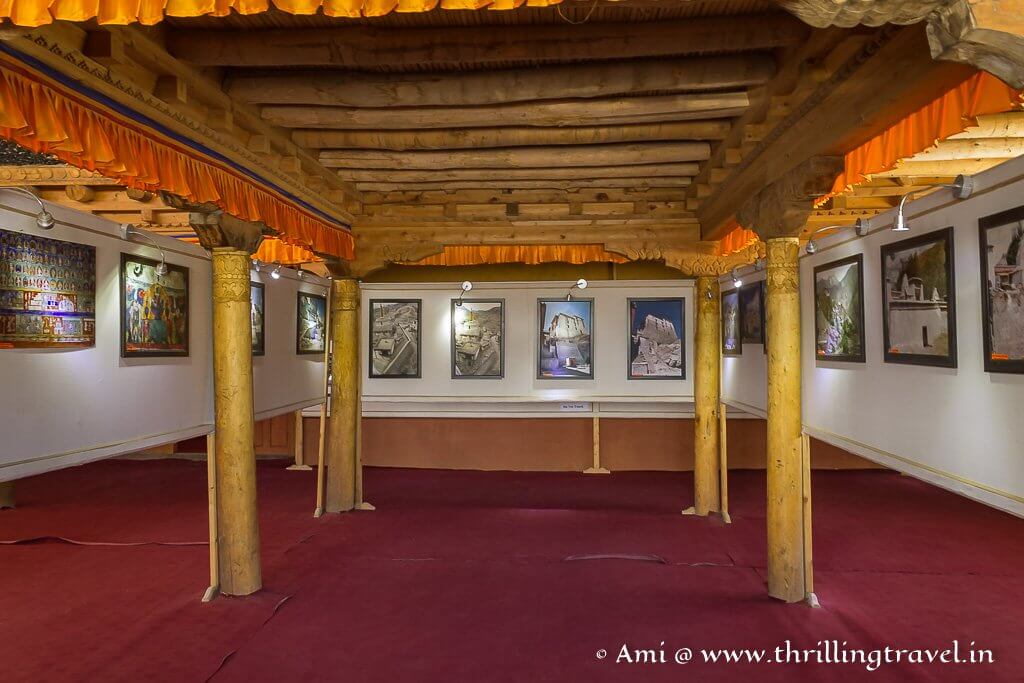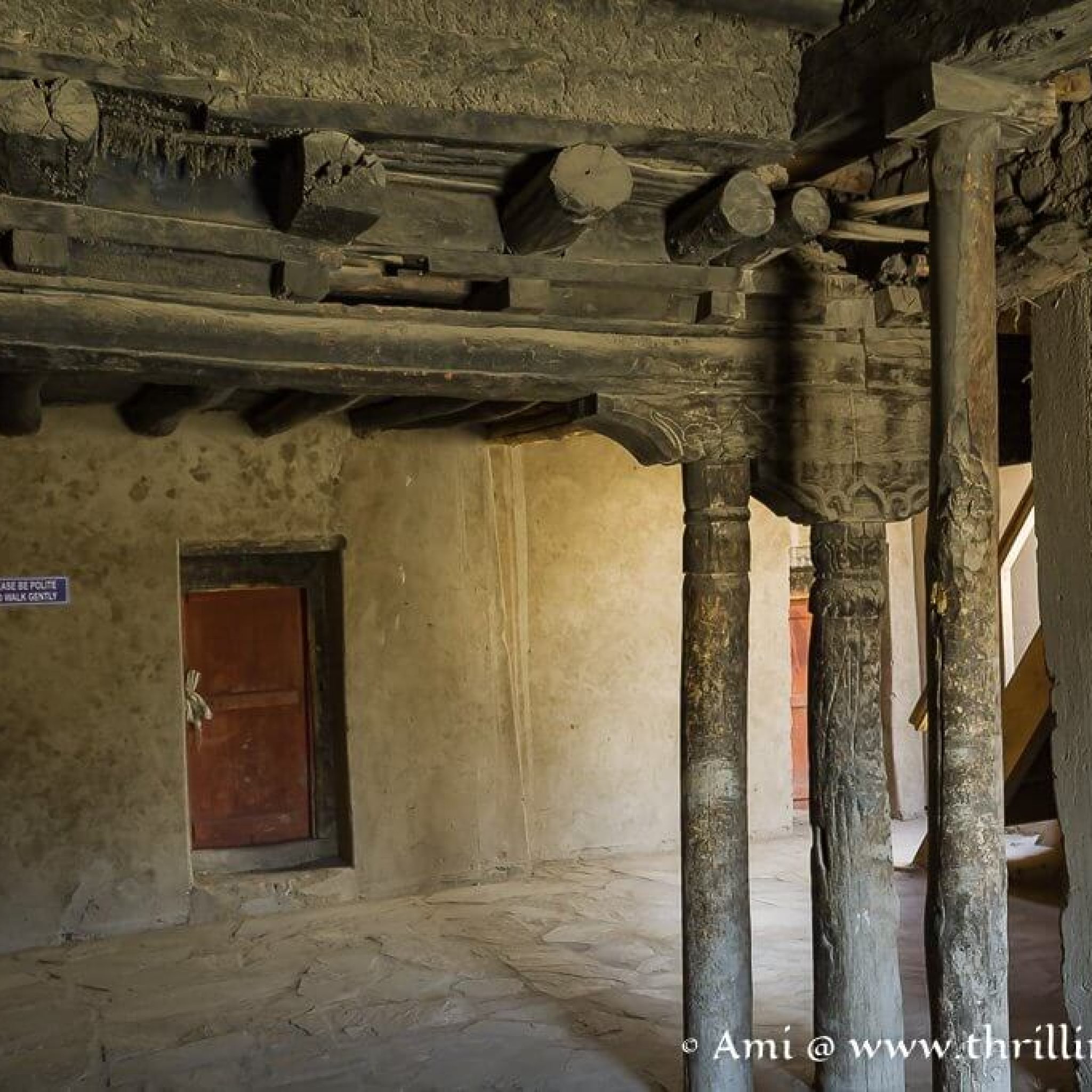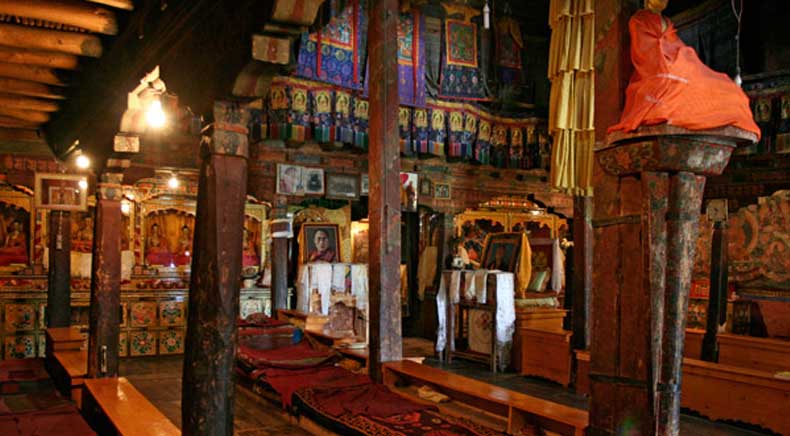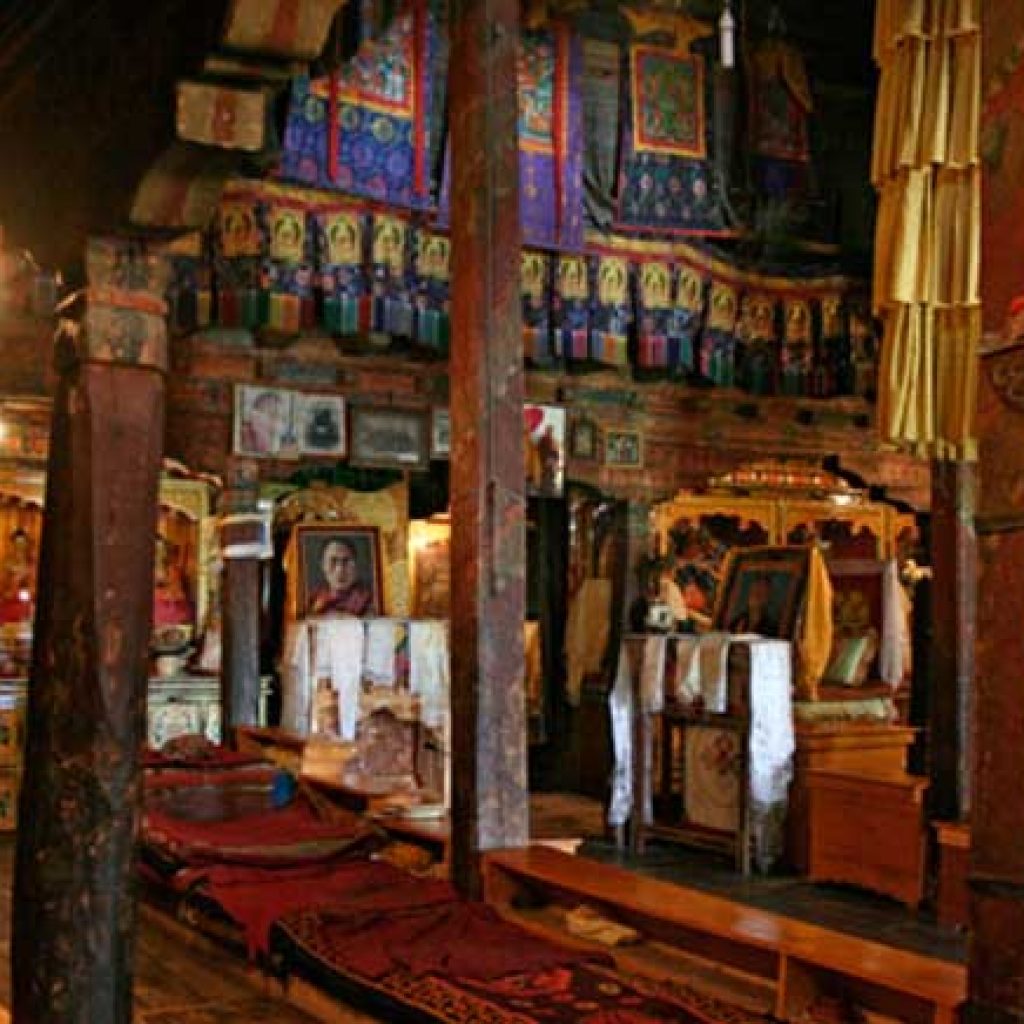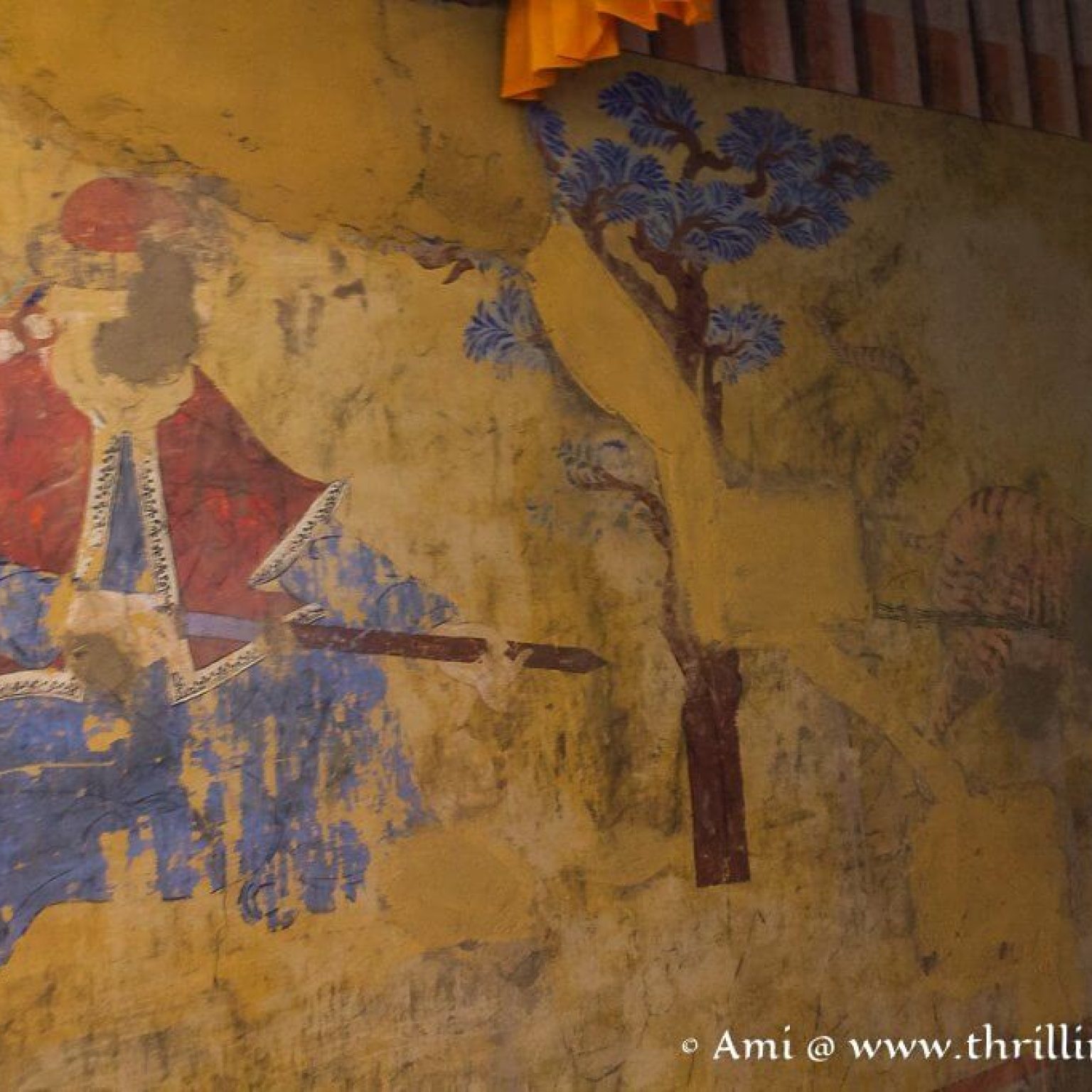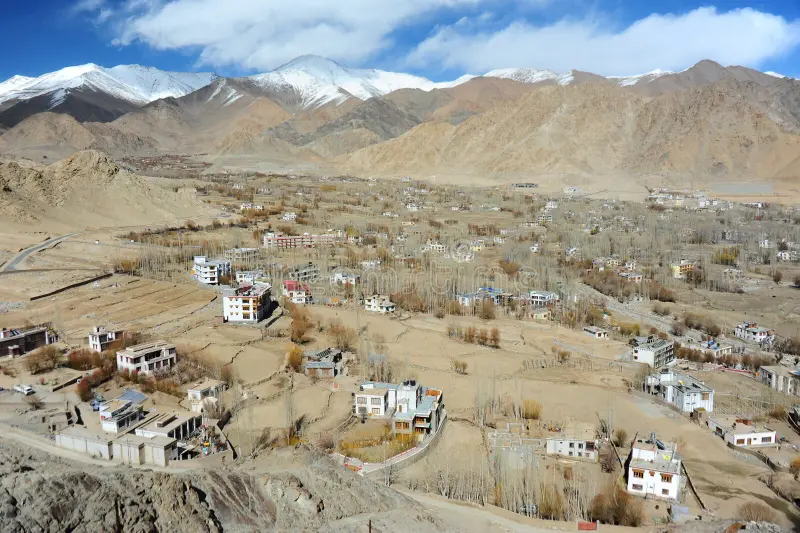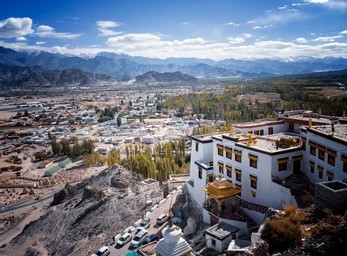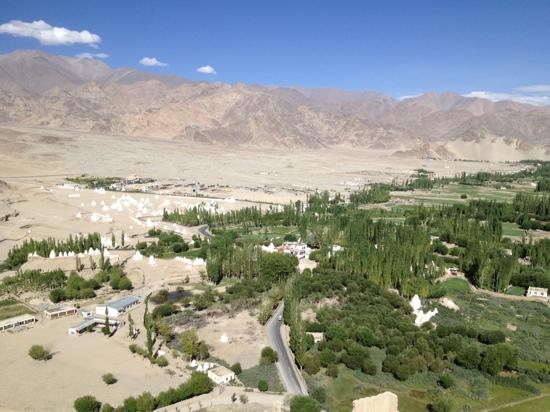Samstanling Monastery was established in 1841 by Lama Tsultim Nima, a revered spiritual master who was instrumental in spreading the Gelugpa tradition across the Nubra region. His vision was to create a center of study, prayer, and spiritual practice that would serve both monks and the lay community of Nubra.
Over time, the monastery grew in importance, eventually becoming the main religious institution for the entire Nubra Valley. Today, it is home to around 50–60 monks, including novices and senior teachers who maintain daily rituals and seasonal festivals.
The monastery is not only a site of devotion but also a center of moral guidance and education for many in the valley, keeping centuries-old traditions alive in the quiet rhythms of monastic life.




